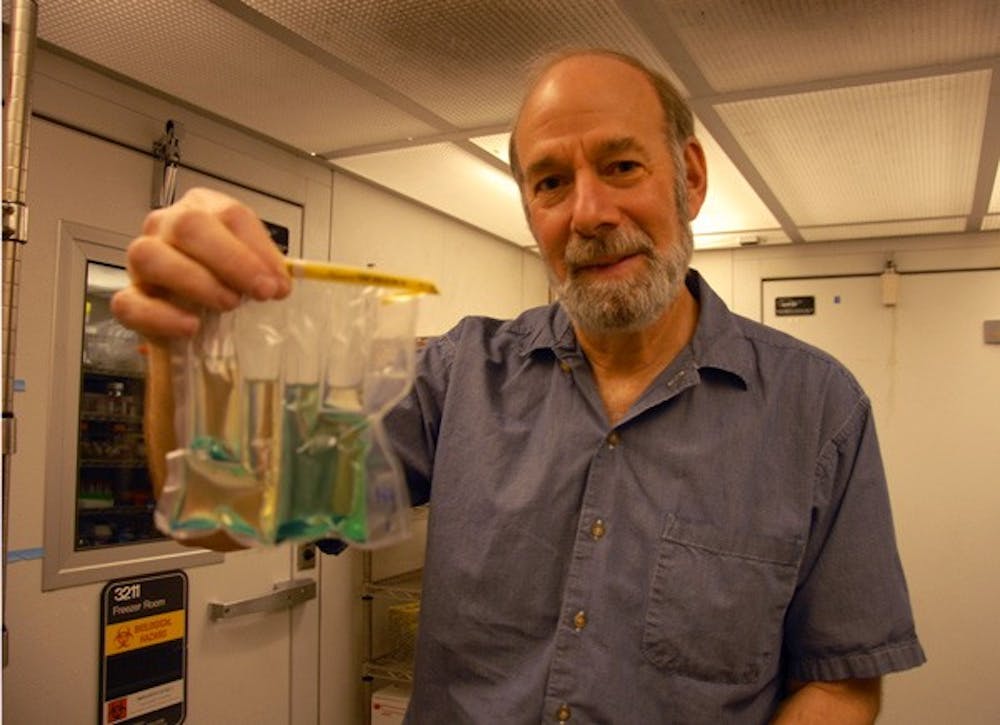Unsafe water kills more people than all forms of violence, including war, according to a United Nations report released in March.
Mark Sobsey believes he can change that.
A 66-year-old professor of environmental studies and engineering at UNC, Sobsey, who has been working in water research for more than 40 years, has devised a new water purity test that has gained global attention and could have a dramatic impact in developing countries if marketed.
How the Water Test Works
-The test is straightforward: a plastic bag with a pelletized medium that turns the water dark blue if it contains bacteria.
-The bag holds 100 milliliters of liquid in five separate compartments. The compartments are different sizes, and the bacteria concentration is based on which compartments change color.
-Once the bag is filled with water and left in a warm area, the results will develop overnight.
-If only one compartment turns blue, the water is likely safe to drink. If all the compartments turn dark blue, the water is unsafe.
-Instructions printed on the bag in both illustrations and words will indicate the meaning of the results.
-The innovation is similar to another that uses powder in a glass bottle that turns black if bacteria are present. But that test only indicates whether bacteria are present — it does not give the user any idea of the concentration.



